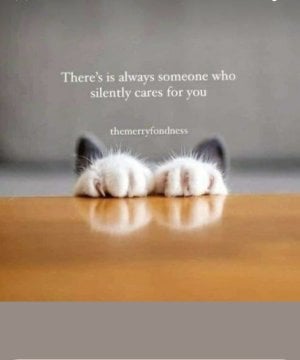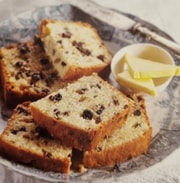Question 1: When did the Suez Canal first open?
Question 2: In Christianity, what is the sacred book called that consists of the Old Testament and the New Testament?
The Bible is the holy scripture of the Christian religion, comprised of the Old Testament which primarily chronicles God's covenant with the Israelites, and the New Testament which focuses on the life and teachings of Jesus Christ.
Question 3: When did the Globe Theatre, associated with William Shakespeare, originally open?
The original Globe Theatre, which was associated with William Shakespeare, opened in 1599 on the south bank of the River Thames in London. It was destroyed by fire in 1613, rebuilt in 1614, and then closed in 1642. A modern reconstruction, named "Shakespeare's Globe," opened nearby in 1997 and continues to operate today.
Question 4: If you celebrate Hanukkah, what would you light each night?
During Hanukkah, a nine-branched candelabrum called a menorah is lit. One candle is lit on the first night, and an additional candle is lit each successive night until all eight candles are burning on the final night. The ninth candle, called the shamash, is used to light the other candles.
Question 5: Where was the Battle of Waterloo fought?
The Battle of Waterloo, which ended Napoleon Bonaparte's rule as French emperor, was fought in Belgium in 1815. The place called Waterloo is actually a municipality in the Belgian province of Walloon Brabant.
Question 6: Who painted the iconic painting, 'The Starry Night'?
‘The Starry Night’ is a famous painting by Dutch artist Vincent van Gogh, painted in 1889. The painting depicts the view from the window of van Gogh’s asylum room at Saint-Rémy-de-Provence.
Question 7: If someone is "waiting in the wings" in a theatre context, what does it mean?
The term "waiting in the wings" comes from a theatre context where actors wait in the areas to the side of the stage, known as the wings, ready to enter the stage when their turn comes for their performance.
Question 8: How many countries are considered part of the Schengen Area in Europe, allowing citizens to move freely across borders?
The Schengen Area comprises 26 European countries that have officially abolished all passport and all other types of border control at their mutual borders, allowing free movement of people.
Question 9: What is the name given to the bow tie often worn by women at the base of the neck?
A neckerchief is a type of neckwear associated with those worn by Scouts, cowboys, and sailors. It also became quite fashionable for women to wear a neckerchief tied in a bow at the base of the neck during the 20th century.
Question 10: What is the softest mineral on Earth?
Talc is the softest mineral on Earth and it has a hardness of 1 on the Mohs hardness scale. Talc is often used in baby powder and as a lubricant.







The Suez Canal connects the Mediterranean Sea to the Red Sea through Egypt. Its opening in 1869 revolutionized global trade by greatly reducing the travel time for ships between Europe and South Asia.